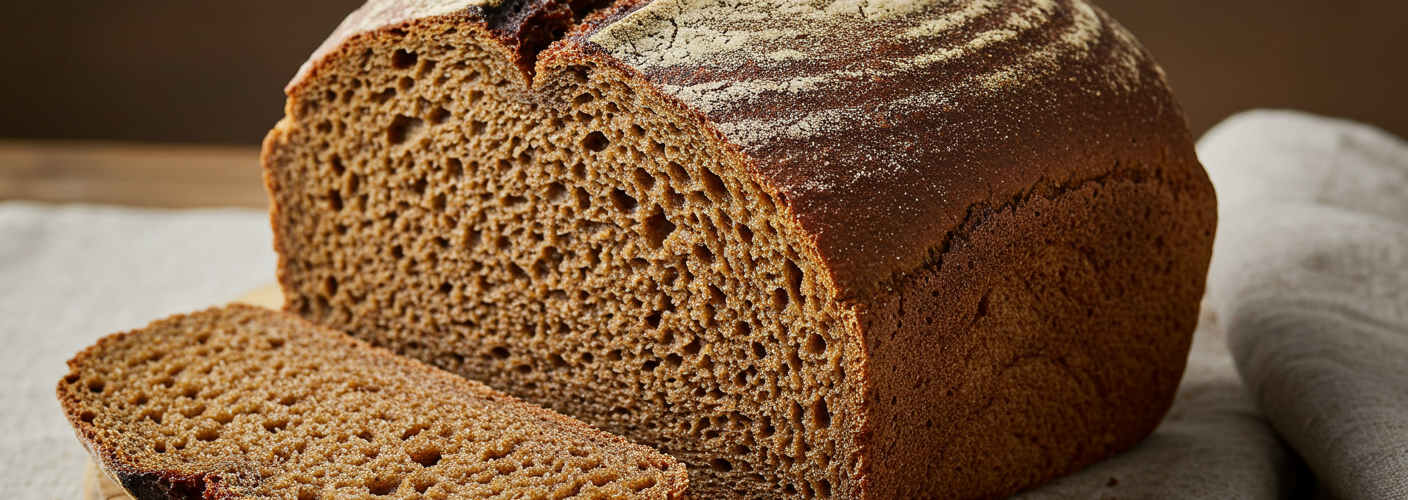In the world of bread, few options evoke the same level of comfort and nutritional significance as rye bread, particularly the traditional Nordic variety known as Rugbraud. This hearty type of rye bread is not just a staple in Scandinavian diets—it’s a culinary tradition that has stood the test of time, embodying a rich heritage of flavor and nutrition.
What is Rugbraud?
Rugbraud, which translates to “rye bread” in several Nordic languages, is a dense, dark bread made primarily from rye flour. It is a simple yet nutritious offering that showcases the grains and seeds that have sustained northern populations for generations. Characterized by its earthy flavor and nutty aroma, Rugbraud is typically heavier than other types of bread owing to the high fiber content inherent in rye.
The bread’s texture can be slightly moist and chewy, often making it a satisfying alternative to lighter bread varieties. Depending on regional recipes and personal preferences, Rugbraud can include a mix of ingredients such as fermented rye sourdough, seeds (like sunflower or caraway), and even toppings like nuts or dried fruits, enhancing both its flavor and nutritional profile.
A Historical Perspective
The origins of Rugbraud can be traced back to ancient times when rye was one of the main grains cultivated in Europe. It became particularly important during the harsh Nordic winters, providing sustenance and energy for those who relied on it. While modern baking has diversified the types of flour and bread we enjoy, Rugbraud has maintained its traditional roots, often baked in family homes and rural bakeries across the Nordic countries.
Rugbraud is more than just a food; it’s a symbol of resilience and cultural identity. The bread is often associated with various rituals and celebrations, featuring prominently at festive occasions, including holidays and family gatherings.
Nutritional Benefits
One of the standout features of Rugbraud is its health benefits. Rye is a whole grain that boasts high levels of fiber, which aids in digestion and promotes a healthy gut. It’s also known to contribute to lower cholesterol levels and stabilize blood sugar, making it an excellent choice for those seeking a nutritious addition to their diet. The presence of essential vitamins and minerals further enhances its reputation as a healthful option.
In addition, the unique fermentation process used in many Rugbraud recipes can lead to enhanced digestibility and further probiotic benefits, making it a food that nourishes both the body and the mind.
Enjoying Rugbraud
Rugbraud can be enjoyed in various ways, showcasing its versatility as a culinary staple. Traditionally, it’s served with butter or alongside savory toppings such as smoked fish, cured meats, cheese, or pickled vegetables. Its dense texture makes it an excellent foundation for open-faced sandwiches, allowing for creative combinations that delight the taste buds.
In modern cuisine, chefs and home cooks alike are experimenting with Rugbraud, pairing it with contemporary ingredients and flavors to reintroduce this traditional bread to new generations.
In conclusion, Rugbraud is more than just a simple rye bread; it’s a rich tapestry woven from history, culture, and nutrition. Whether enjoyed in its most traditional form or reimagined in innovative ways, this beloved Nordic bread is a delicious reminder of the enduring connection between food and heritage. As it continues to find its place on tables around the world, Rugbraud invites all of us to explore its unique flavors and the stories it carries.




Add comment